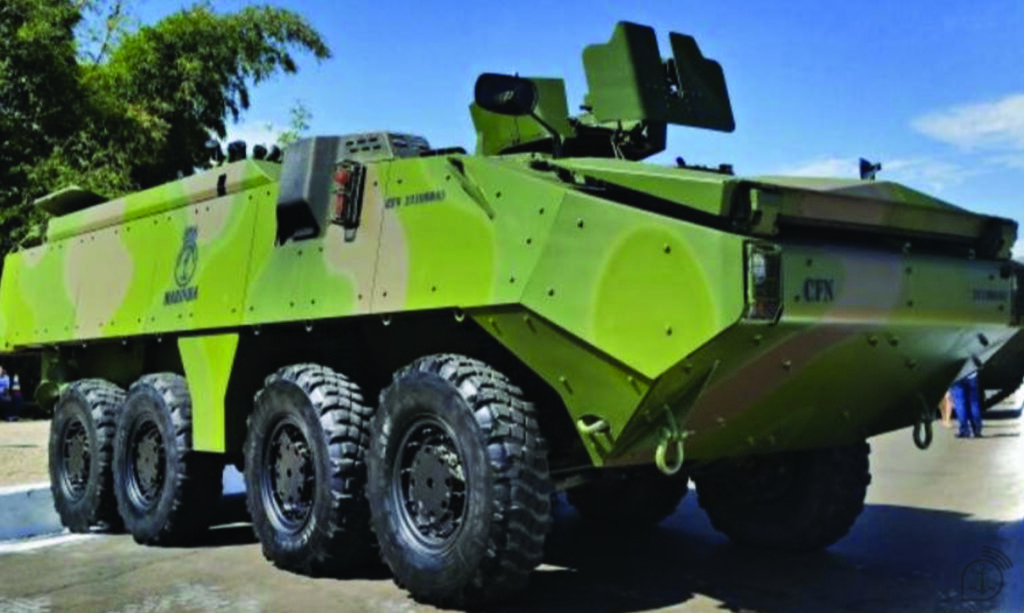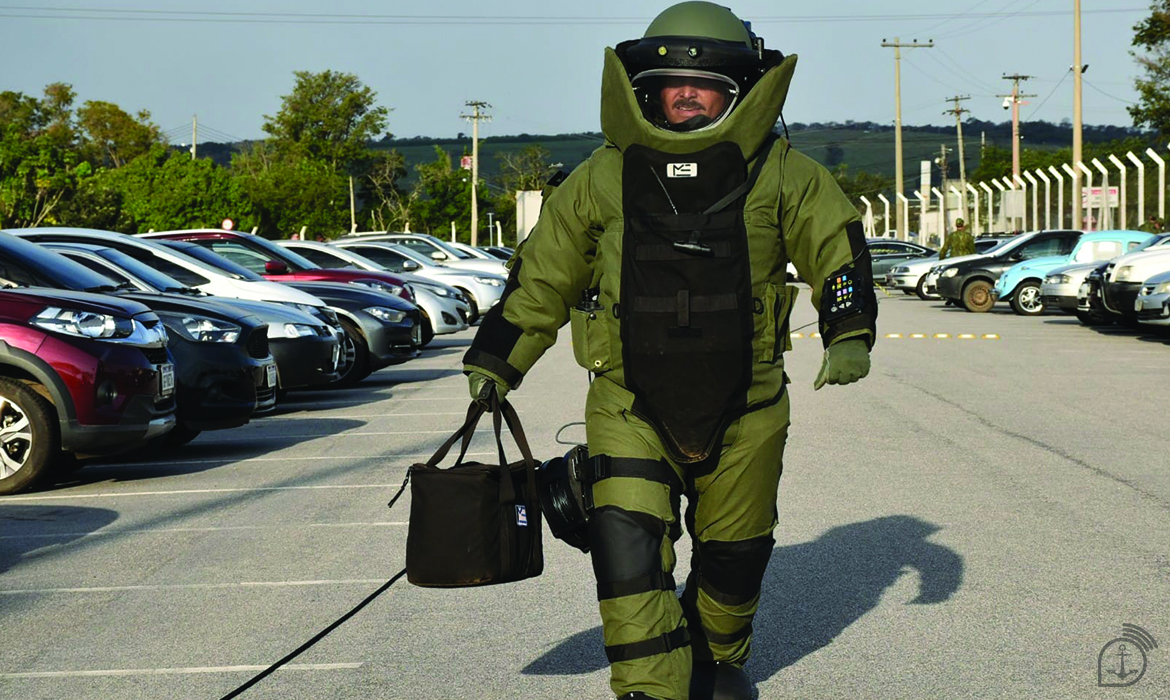Training seeks to improve integrated emergency response capabilities at the ARAMAR Experimental Complex
The Brazilian Navy (MB) will conduct, from August 22 to 26, an important exercise at the Aramar Experimental Center (CEA), in Iperó (SP). The main objective is the training of fast and integrated responses to nuclear, radiological, and biosafety emergencies.
The exercise will also allow for the integration of different levels and sectors of the Chemical, Biological, Radiological and Nuclear Defense System of the MB (SisDefNBQR-MB), improving capabilities for all response possibilities and actions that aim to complement emergency response, as well as the physical protection of strategic facilities of interest to the MB, such as the CEA.
This unprecedented training will be coordinated by the Navy Technological Center in São Paulo (CTMSP) and by the Chemical, Biological, Radiological and Nuclear Defense Center of the MB (CDefNBQR-MB) and will be attended by the Naval Agency for Nuclear Safety and Quality (AgNSNQ) acting as an observer. There will be the participation of resources from different sectors of the MB, including two CBRN Defense Battalions, which will integrate a Marine Operating Group (GptOpFuzNav): the Aramar CBRN Defense Battalion will be reinforced by the Fleet Marine Corps CBRN Defense Battalion.
PIRANHA armored vehicles (including an ICU ambulance) will be deployed, with their Life Support System, which establishes watertightness and positive pressurization inside the vehicle, providing the embarked military with about eight hours of protection and autonomy for deployment in areas subject to risk of contamination.
The operation will also have an Advanced Trauma Unit (ATU), with telemedicine, belonging to the Marine Expeditionary Medical Unit (UMEM), as well as remotely piloted aircraft (ARP) and surface-to-air missiles (MSA) Mistral, belonging to the Air Combat Battalion, infantry and special operations troops. A total of 48 motorized vehicles and about 600 military personnel will be deployed.
According to Sea and War Captain (FN) Flavio Lamego Pascoal, Commander of the CDefNBQR-MB, “during the operation, threats and interruptions to some of the CEA’s activities will be simulated, and may involve blockades of the plants and laboratories. There will also be patrols for reconnaissance of the area, physical protection of the facilities, disturbance control, and anti-aircraft defense actions, among other training.
The training reinforces the MB’s commitment to the development of the Strategic Nuclear Sector, as established in the National Defense Strategy (END).

Navy Technology Center in São Paulo
The CTMSP is the place where, since 1979, the Navy Nuclear Program has been executed, with the purpose of mastering the nuclear fuel cycle (nuclear fuel production technology) and developing a nuclear power generation plant, which aims to develop technological capacity in the design, construction, commissioning, operation and maintenance of nuclear reactors of the PWR (Pressurized Water Reactor) type.
The Navy Nuclear Program provides a series of benefits to society, among them Dual technology (military and civilian); clean energy generation; nationalization of processes and equipment; innovations for the industry, with the participation of universities and research institutes; independence in sensitive technologies; development of the National Defense Industry; generation of direct and indirect jobs; and insertion of Brazil in the select list of nations that dominate nuclear technology.
Navy News Agency *** Translated by DEFCONPress team***
